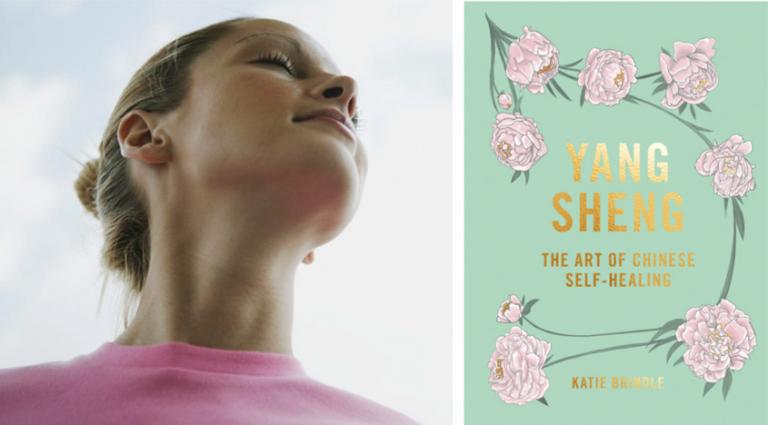The effect of breathing on Chinese medicine for Taoism
1 min readDaoism holds that Qi is the source of the life force and the material foundation of life.The classic Daoist practice known as Daoyin(techniques for conducting Qi)was developed specifically to cultivate Qi and thus achieve longevity.Daoyin techniques combine breathing exercises,including tuna(inhalation and exhalation),fuqi(receiving Qi),taixi(fetal breathing),and tiaoxi(regulated breathing),with physical movement to stimulate and conduct Qi,nourish the body and spirit,and promote health and long life.

Traditional Chinese medicine integrated Daoyin techniques for conducting Qi into clinical practice.According to the Neijing,paralysis,cold limbs,and cold or fever due to improper diet and inactivity were endemic in the Zhongyuan region of central China.
Excellent therapeutic results were obtained through the use of Daoyin techniques and various forms of massage.The Neijing also discussesatherapeutic method can treat the xiji(breath accumulation),which combines herbal medicine and Daoyin techniques.Jingui Yaolie(Synopsis of Prescriptions of the Golden Chamber)by Zhang Zhongjing(150-219AD)advocates treating a paralytic condition called zhongzhi(heaviness of the limbs)witha combination of Daoyin breathing exercises,acupuncture,and massage.The ultimate goal of Daoyin breathing exercises is to achieve”fetal breathing,”in which the breath is not drawn in through the nose,but rather Qiis absorbed directly from the universe in the same way that a fetus draws vital energy from the placenta while in the uterus.









